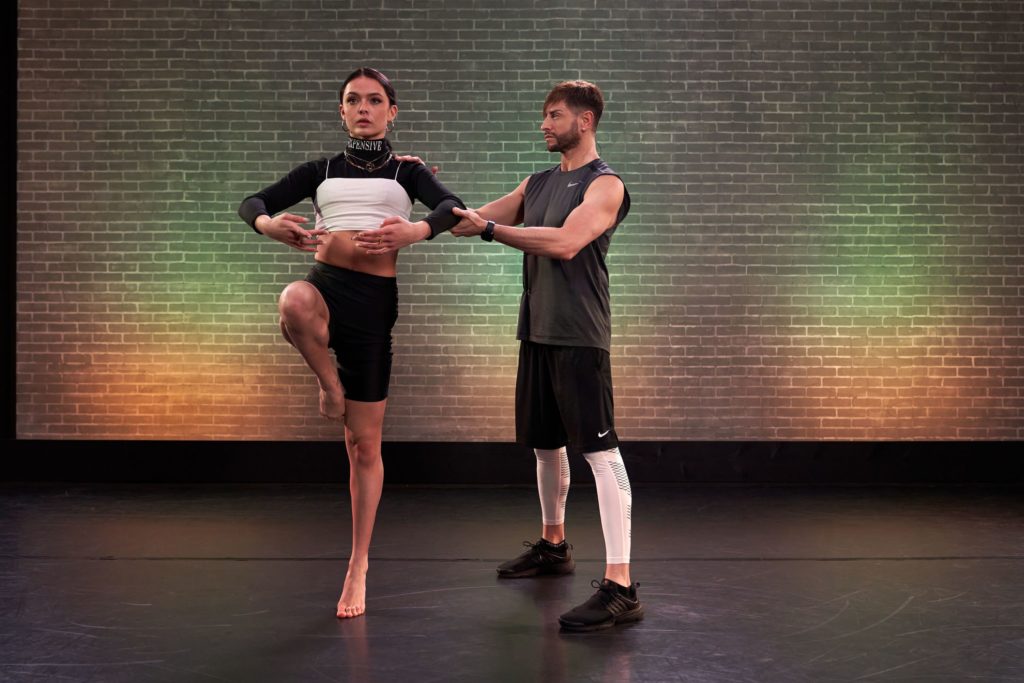Like any genre of dance, Jazz dance has its own terminology which is sometimes specific to itself – but often shared with other styles of dance. Here are a few of the more commonly used terms to get you started in your understanding of the style.
Axel Turn


A spinning rotation in which the dancer performs a knee bend and kick in the air before bringing the legs together again on the ground.
Ball Change


A basic move found in most forms of modern dance, a ball change is a transfer of weight from one foot to the other, often performed quickly. The “ball” refers to the ball of the foot, which is the thick muscular pad just below the toes.
Barrel Turn


A spin that is executed by putting a leg forward, kicking off that forward leg, and using the outstretched arms as a means of gathering momentum for the spin. A barrel turn requires tight coordination between the feet and the arms for its success.
Charleston


A popular dance from the early days of jazz and swing, the Charleston has at its core a front-to-back weight shift accompanied by a forward kick, often performed with a partner and with arm motions and sometimes jazz hands.
Chassé


Borrowed from ballet, a chassé–from the French meaning, “to chase”– is a kicking forward motion where one leg “chases” the other. Often performed with arms forward or overhead, a chassé is a good set-up step for a leap.
Fan Kick


Requiring a great degree of flexibility, a fan kick is where one leg travels in a circular motion from in front of the other leg, up into the air at the full range of motion, over the head, and finally down in a resting position. It is named after its imitation of an opening hand fan.
Jazz Hands


A highly stylized and exaggerated splaying of the fingers on open, extended palms. Used to convey rhythm and feeling, very popular in Broadway productions.
Jazz Square


A version of a box step where the dancer creates a square on the ground using a four-step sequence that imitates walking without any forward movement beyond the fourth step. Usually performed as side, back, side, forward.
Jazz Walk


A forward-moving strut, the jazz walk is meant to convey a cool image, and to give the dancer a sultry and slinky gait when in motion.
Stag Leap


A high forward leap in which the dancer imitates the actions of a male deer, with arms up and the knees bent like a prancing animal.
Lindy Hop
A mixture of preceding jazz dances like the Charleston, as well as tap dance, the Lindy Hop (named after aviator Charles Lindburgh’s groundbreaking 1927 transatlantic flight) is a partnered dance that serves as the centerpiece of the swing dance style. It remains a popular dance because of its improvisational style and fun, stylized movements.

